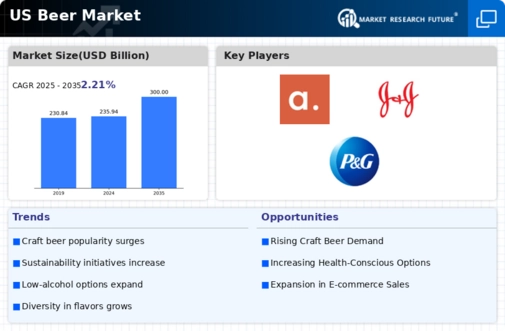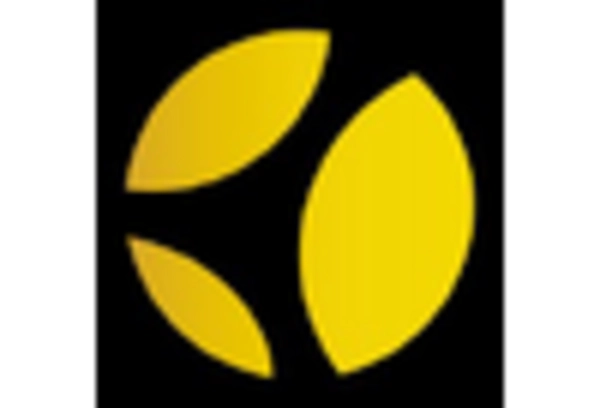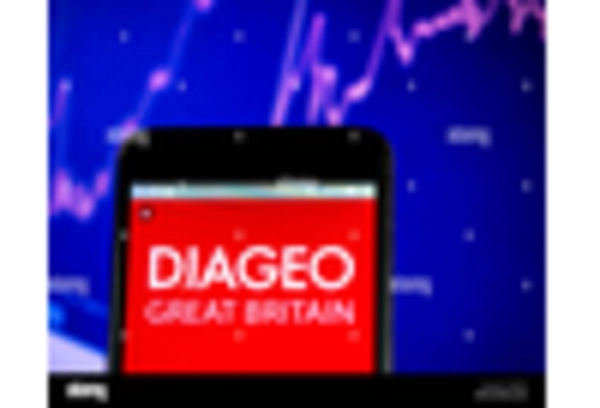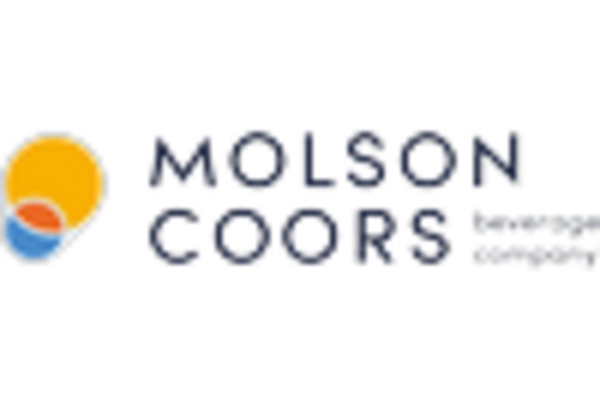Emergence of Innovative Flavors
The beer market is currently witnessing a surge in innovative flavors, driven by consumer demand for unique and diverse taste experiences. Breweries are increasingly experimenting with unconventional ingredients, such as exotic fruits, spices, and even herbs, to create distinctive brews. This trend is particularly evident in the craft beer segment, where small-scale producers are pushing the boundaries of traditional brewing. According to recent data, the craft beer segment has grown by approximately 20% in the last year alone, indicating a robust appetite for novel flavors. As consumers seek out new experiences, the beer market is likely to continue evolving, with flavor innovation playing a pivotal role in attracting a diverse customer base.
Rise of E-commerce Distribution
The beer market is experiencing a notable shift towards e-commerce distribution channels. With the increasing prevalence of online shopping, breweries and retailers are adapting their strategies to meet consumer preferences for convenience and accessibility. Recent statistics indicate that online beer sales have surged by over 30% in the past year, reflecting a growing trend among consumers to purchase their favorite brews from the comfort of their homes. This shift not only expands market reach for breweries but also enhances consumer choice. As e-commerce continues to reshape the retail landscape, the beer market is likely to see further growth in online sales, potentially leading to new partnerships and distribution models.
Adoption of Technology in Brewing
The beer market is witnessing a significant transformation through the adoption of advanced technology in brewing processes. Innovations such as automation, data analytics, and artificial intelligence are enhancing efficiency and consistency in production. Breweries are utilizing technology to monitor fermentation processes, optimize ingredient usage, and improve quality control. This technological shift not only streamlines operations but also allows for greater experimentation in brewing. As a result, the beer market is likely to see an increase in the quality and variety of products available to consumers. Furthermore, the integration of technology may lead to cost savings, enabling breweries to remain competitive in a rapidly evolving market.
Increased Focus on Local Sourcing
The beer market is increasingly emphasizing local sourcing as consumers become more conscious of the origins of their products. This trend is driven by a desire to support local economies and reduce carbon footprints associated with transportation. Breweries are sourcing ingredients such as hops and grains from nearby farms, which not only enhances the freshness of the beer but also fosters community relationships. Data suggests that locally sourced beers have gained popularity, with sales increasing by approximately 15% in the last year. This focus on local sourcing is likely to continue shaping the beer market, as consumers increasingly prioritize sustainability and community engagement in their purchasing decisions.
Growing Interest in Alcohol-Free Options
The beer market is experiencing a growing interest in alcohol-free and low-alcohol beverages. As health-conscious consumers seek alternatives to traditional alcoholic drinks, breweries are responding by developing a range of non-alcoholic options that maintain flavor and quality. Recent data indicates that sales of alcohol-free beers have increased by over 25% in the past year, reflecting a shift in consumer preferences. This trend is particularly appealing to younger demographics who are more inclined to explore healthier lifestyle choices. As the demand for alcohol-free options continues to rise, the beer market is likely to expand its offerings, catering to a broader audience and enhancing overall market growth.

















Leave a Comment